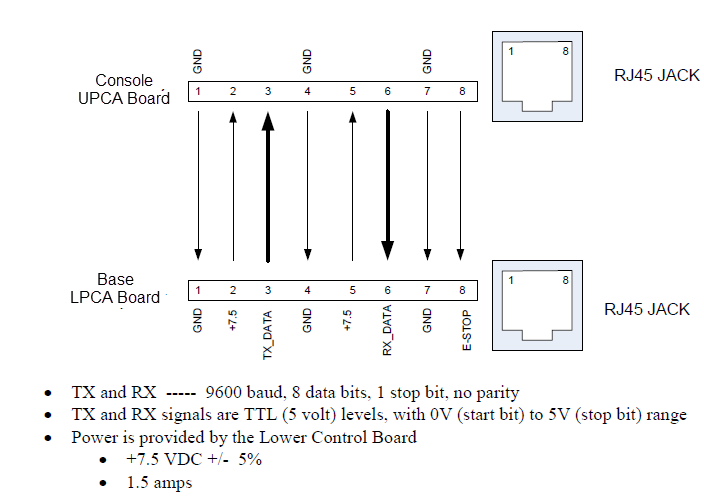Theory of Operation
What's New
The TRM700-16 features and differences from previous generation TRMs including:
- Updated self lubricating running belt with no wax deck
- No Dynamic Brake Resister (DBR1) DB or DBR: treadmill dynmaic break resistor. 2) DB: power measured in decibles (dB).)
- Redesigned dash and arms
- Service/maintenance Active Status Light (ASLActive Status Light: Service and maintenance status light.)
- Supports the P30, P62, and P82 consoles
- TRM700-16 and TRM800-14TRM800 version 2 treadmills mfg. dates 2014 and later. use common base platform
- Ground Effects Impact Control System (GFXGround Effects Impact Control System: Patented treadmill design that out performs a natural running surface, absorbs high-impact movement, reduces joint stress and minimizes fatigue and supports a solid and controlled push off.®)
- Integrated Footplant Technology (IFTIntegrated Footplant Technology: IFT recognize this change in speed when your foot strikes the belt and adjust to match every stride, resulting in a smooth, fluid feel that enhances the workout experience.™)
Console Upper PCA and Base Lower PCA Operation
Console - Upper PCA board (UPCA)
The console provides the user interface operational control inputs, the metric indicator information, and the console-to-base communication interface. The console Upper PCAUpper printed circuit assembly; generally refers to the console. board (UPCAUpper PCA board) sends the input control commands to the base Lower PCALower printed circuit assembly; generally this refers to the lower board. On treadmills, this is the motor controller unit (MCU), and on self-powered units, it is the main board in the lower section. board (LPCALower printed circuit assembly; generally this refers to the lower board. On treadmills, this is the motor controller unit (MCU), and on self-powered units, it is the main board in the lower section.). The console also receives error code data from the base which is used to maintain the Error Log service menu. The console also controls and sends the ASLActive Status Light: Service and maintenance status light. status state (based on the received error codes) to the base.
The LPCA makes use of two main processors: the Master (also referred to interchangeably as “Major”) and Slave (also as “Minor”).
Base - Lower PCA board (LPCA)
The base Lower PCAPrinted circuit assembly, generally referred to as either an upper PCA or lower PCA. (LPCALower printed circuit assembly; generally this refers to the lower board. On treadmills, this is the motor controller unit (MCU), and on self-powered units, it is the main board in the lower section.) receives machine control commands from the console and directly executes the commands to control the braking, lift operation, and power ON/OFF. The LPCA also monitors error conditions and sends the detected error event code information to the console.
The LPCA makes use of two main processors: the Master (also referred to interchangeably as “Major”) and Slave (also as “Minor”).
COMM Communication Interface Cable

Active Status Light (ASL)
Active Status Light: similar to Treadmill ASL, except that operation has been changed for self-powered machines. A separate microprocessor and software on the LPCA control the color and flashing of the LED. A button near the light is used to wake up the entire system temporarily to check its color, and to clear the status color if pressed long enough. Active Status Light processor receives simple commands from the Console, see Active Status Light (ASL).
